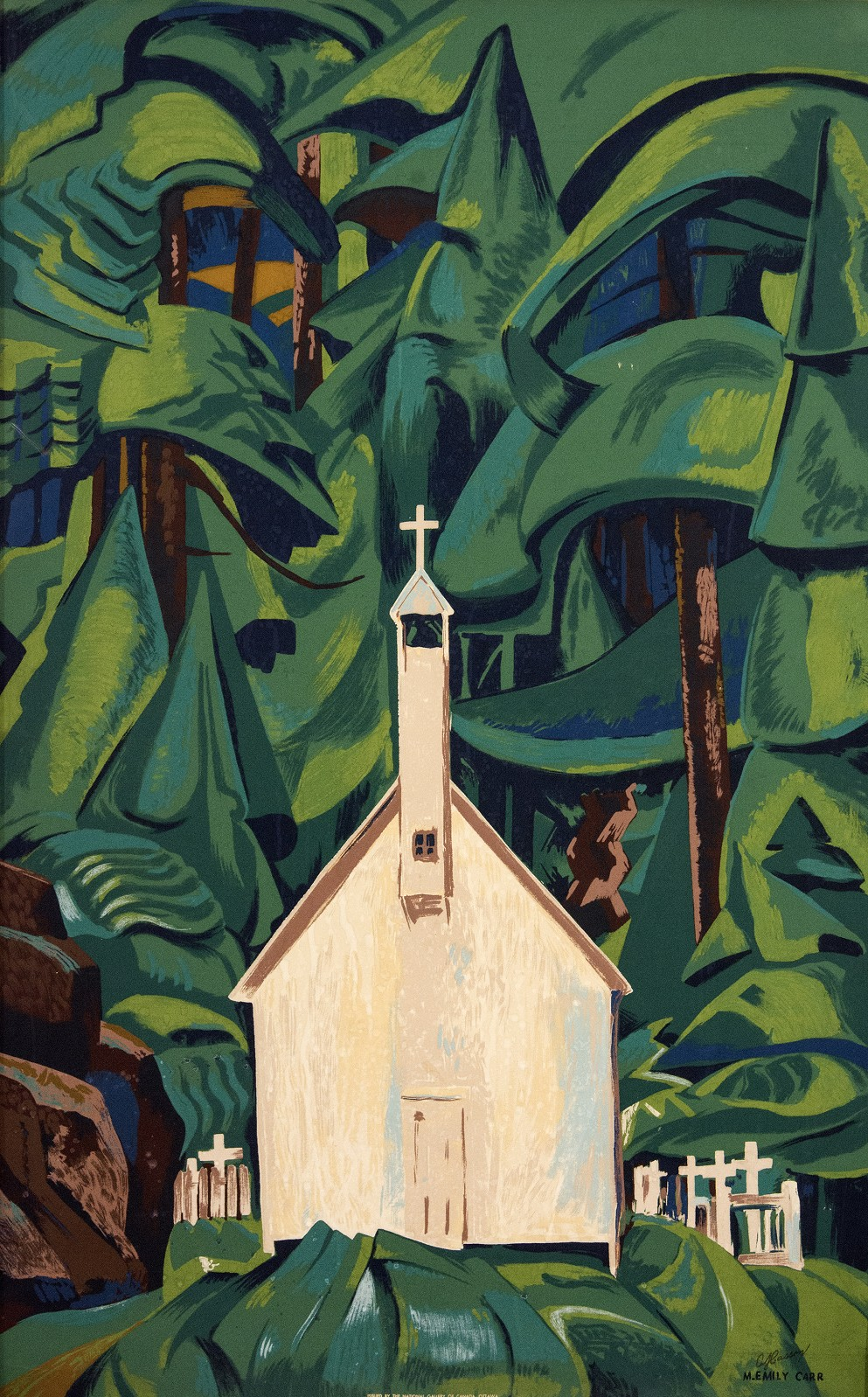Baroque Period

Judith Slaying Holofernes by Artemisia Gentileschi Artemisia Gentileschi's Life Artemisia Gentileschi was born in Rome, Italy on July 8,1593. Her father, Orazio, was an accomplished painter and responsible for her artistic training. (Biography). When Gentileschi was seventeen years old, she was raped by her father's business partner, Agostino Tassi. Tassi was an artistic mentor to Gentileschi and close friend of her fathers (Camara). This abhorrent attack gave Artemisia the determination that she used to successfully break into the art world dominated by men. She used her experience to shape her paintings and express emotions on a deeper level by often depicting female heroes in her work in a realistic empowering way. Impression Gentileschi is the epitome of Baroque art. As the Renaissance period saw the Protestant Reformation in Europe, the Baroque was a direct response from the Catholic church to counter that reformation. The Council of Trent was formed as part of the cou

